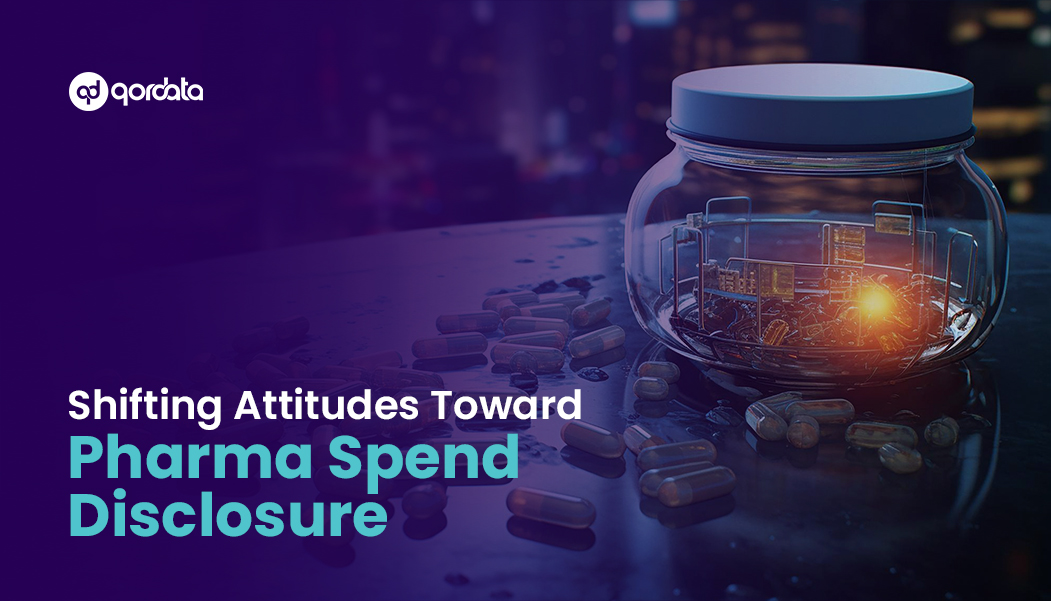Physician consent can be a contentious issue.
Especially when data privacy interpretation comes into play.
In a webinar we hosted, Brian Sharkey, VP of Porzio Life Sciences LLC, raised a question about the validity of consent rates as an indicator of pharmaceutical transparency.
So, is there a direct correlation between transparency in the pharmaceutical sector and physicians’ attitudes toward consent?
Let data give the answers.
How Are You Calculating Physician Consent?
As we demonstrated in a webinar last year, the answer to ‘What is physician consent rate?’ can differ substantially depending on how you proceed with the consent calculation process.
Some medical drug/device companies will calculate consent based on the TOV amount.
Hypothetically speaking, if the total TOV made between a pharmaceutical company and HCPs/HCOs is €1,000,000, of which €600,000 was provided to HCOs and the remaining €400,000 was given, in 4 parts to 4 HCPs as follows:
- Physician A: €300,000
- Physician B: €70,000
- Physician C: €20,000
- Physician D: €10,000
Direct TOVs between pharmaceutical companies and HCOs are not defined as ‘personal data,’ so HCOs can be excluded from the consent collection process.
Now let’s take the remaining €400,000.
Of the four HCPs, only one HCP, Physician C provides publication consent:
If the pharmaceutical company is calculating consent as a function of the total number of physicians engaged, this is what its consent rate comes to:
(1/4)*100= HCP Consent Rate of 25%.
What if the company was calculating consent on the basis of TOV exchanged, and everything else held constant?
(20,000/400,000)*100= HCP Consent Rate of 5%
Same input, different output—for the same pharmaceutical company and HCPs…
That’s not the only thing that makes consent contentious.
As Mr. Sharkey mentioned in his webinar, calculations by industry groups vary too. Case in point being ABPI of the UK.



